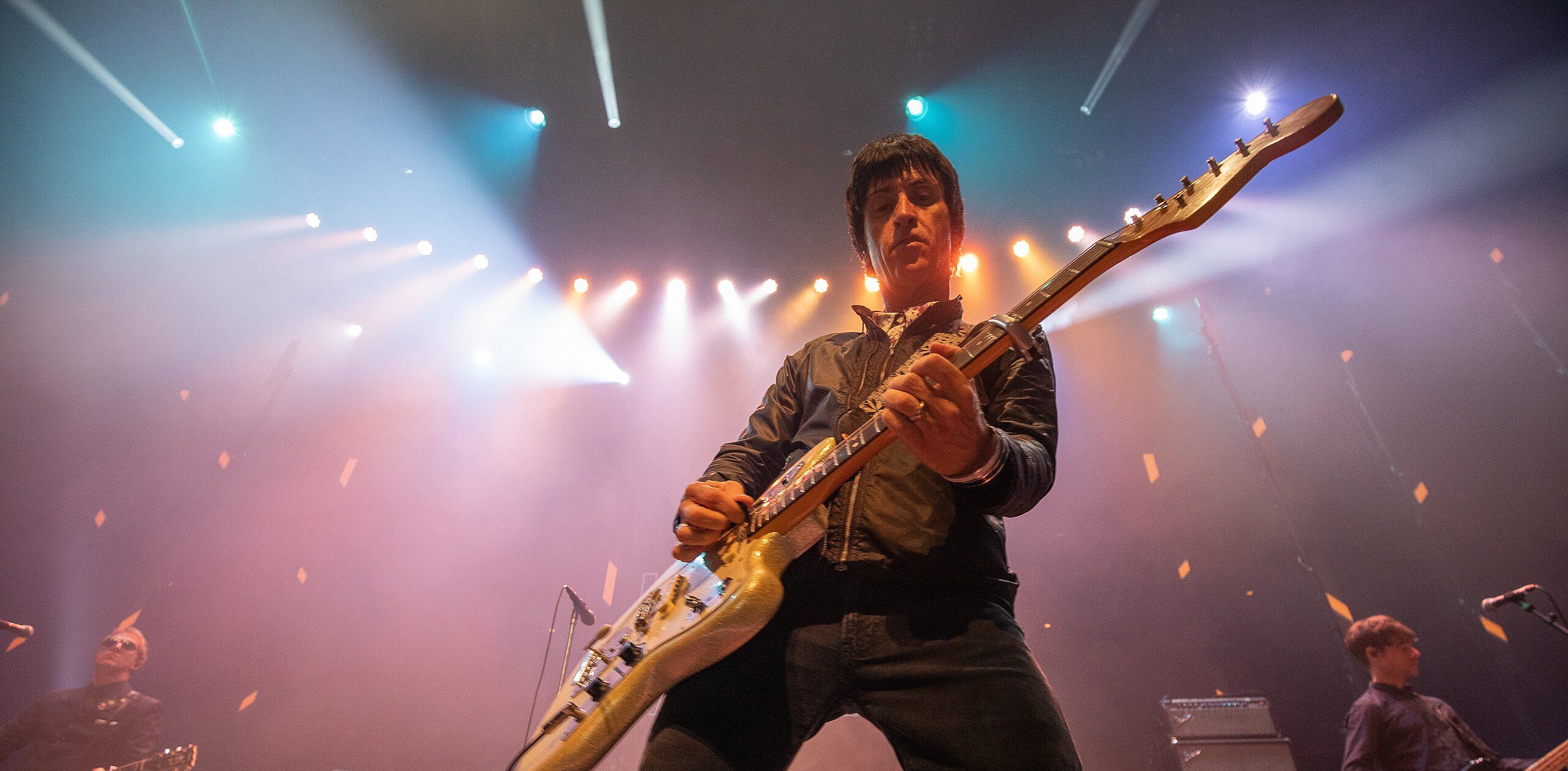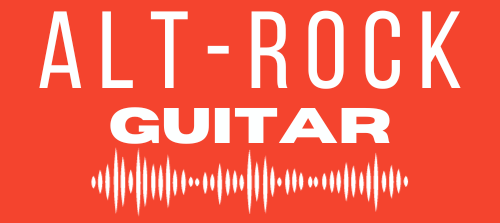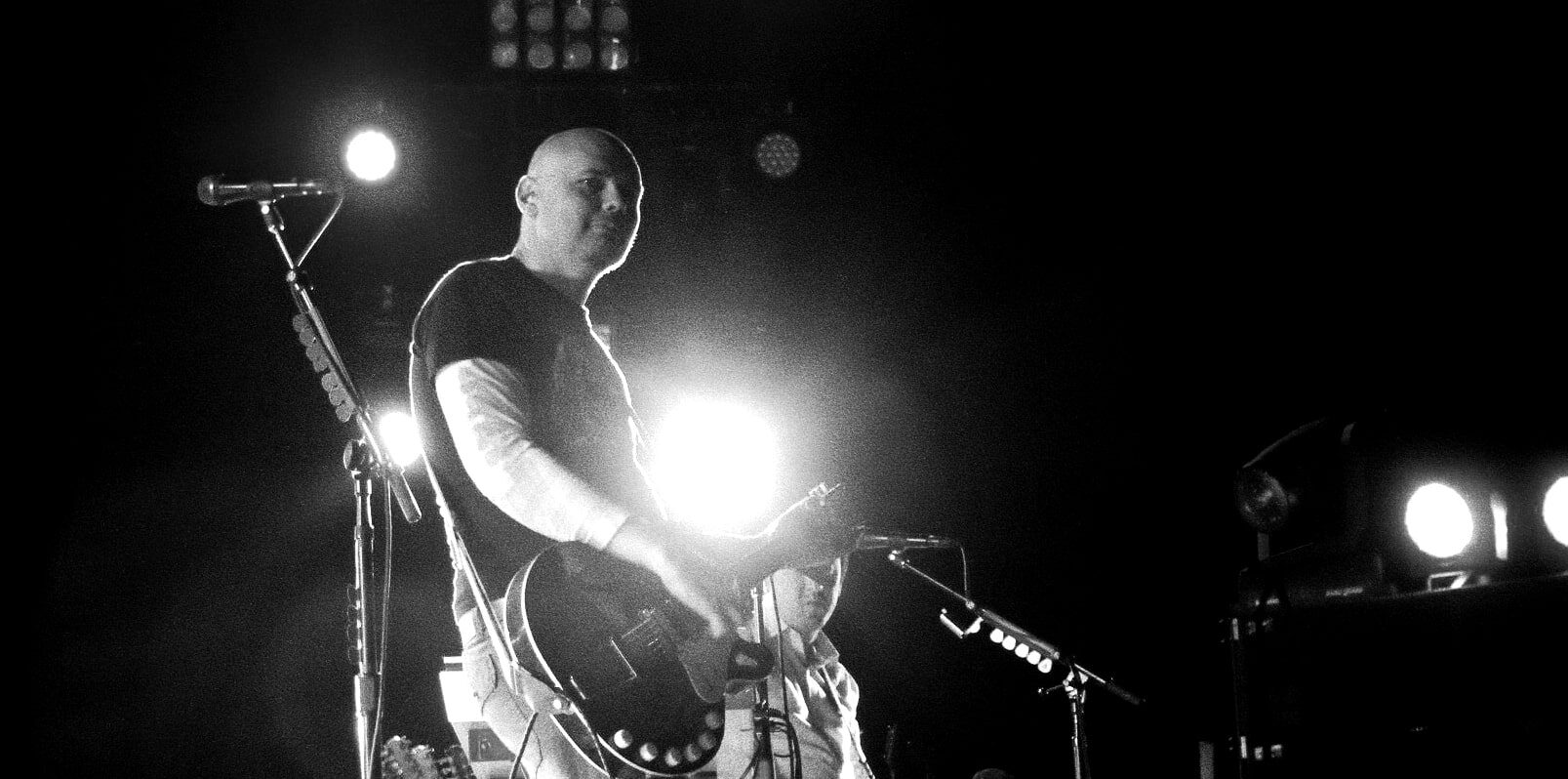
The Origins Of The Smashing Pumpkins
The Smashing Pumpkins are now known as one of the titans of alternative rock, but how did they get started? And When? Well put simply, the band formed in 1988 in Chicago, where Billy Corgan and James Iha decided to begin writing songs together.
That is the straightforward answer, but there are still a lot of stones to overturn if we are to know the history of one of alternative rock’s greatest bands.
The Formation of the band
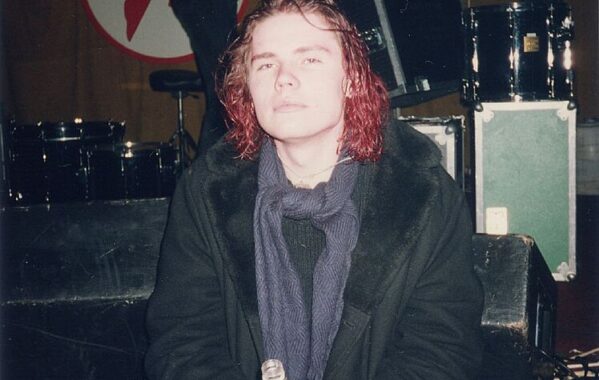
After Billy Corgan’s old band ‘The Marked’ disbanded in 1988, the guitarist decided to return to Chicago. He took up a job at a record store and soon after met James Iha. This chance meeting would spark the foundations of The Smashing Pumpkins, although we haven’t got the full band yet.
After the meeting, both Billy Corgan and James Iha would quickly form a bond and begin writing songs together. Initially, they would try writing in the same vein as bands such as The Cure and New Order. The band would play one show with this line-up, with Corgan actually playing Bass (criminal I know).
Soon after this performance, Corgan would meet D’arcy Wretzky. After discovering that she played bass, Corgan would ask her to join the band, and she did. After playing another show, the band were offered more gig opportunities, only if they replaced the drum machine.
Enter Jimmy Chamberlin
Corgan was recommended to contact Jimmy Chamberlin by a friend of his. Chamberlin was a jazz drummer at this time and was completely unaware of alternative music. However, Jimmy would completely change the band’s approach with his powerful drumming style.
Once Corgan realised that Jimmy was naturally a heavier drummer, the band would morph their initial sad Cure-like tone into the sound we have come to love.
This completed The Smashing Pumpkins’ original line-up. Billy Corgan on vocals and rhythm, James Iha on Lead Guitar, D’arcy Wretzky on bass, and Jimmy Chamberlin on drums.
The Influences of the Smashing Pumpkins
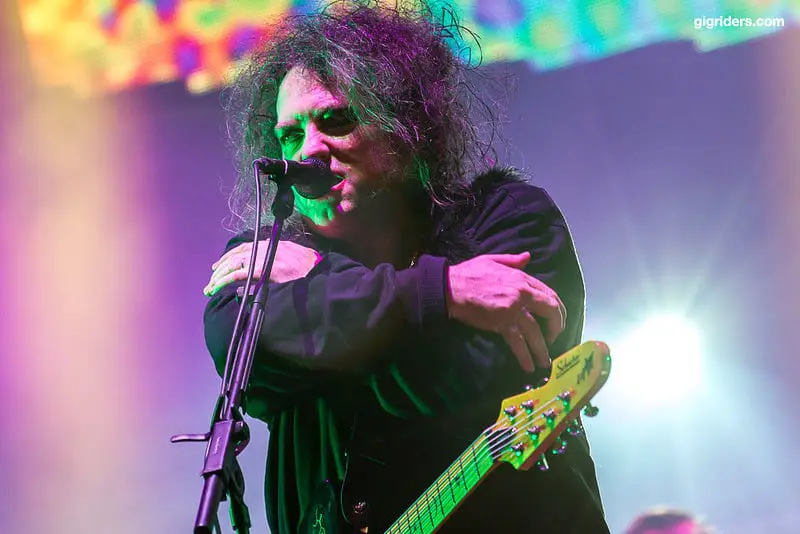
Which bands and artists influenced The Smashing Pumpkins? The Smashing Pumpkins have many influences including; Black Sabbath, Cheap Trick, The Cure, New Order, Yngwie Malmsteen, and Ritchie Blackmore, although the latter two are more guitar icons for Corgan.
You can see the influence of all of these artists within the production and songwriting of the band. Think about “1979”, the opening drum loop is reminiscent of New Order and other artists in a similar vein. You can hear Robert Smith’s inspiration clearly in the vocals as well as the band’s ability to create melancholic feelings within their songs.
Gaining traction with "Gish"
After establishing the full line-up the band would begin to gig consistently in the Chicago music scene. This ultimately led to the band releasing their first track on a compilation album alongside other prominent bands in the Chicago music scene, the album was called Light into Dark.
After this, The Smashing Pumpkins would release their first single “I Am One”, which they would follow up with a release via Nirvana’s label Sub Pop, “Tristessa”. The band would not stay with Sub Pop long and would quickly sign with the label Caroline and begin to work on their debut album Gish.
The recording of Gish and initial tensions
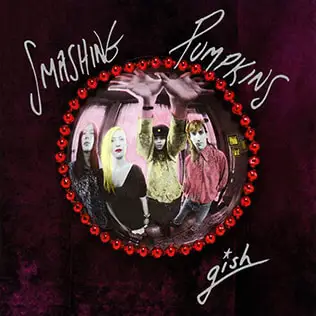
The band would begin to work on Gish with producer Butch Vig. Recorded completely at Smart Studios in Wisconsin, Gish would initially see minor success getting the band some air-time with tracks such as “Rhinoceros”.
There would, however, be internal issues that would arise in the band due to the way this album was recorded. A lot of the album would end up being recorded with Billy Corgan playing the instruments. Corgan cited that this was done because the band was still very raw with their musicianship, and to keep some consistency, he used their instruments but rerecorded parts. The only one unaffected was Jimmy’s drumming.
Of course, this naturally caused issues between the band, and there was definitely still more to come on this front, although I won’t dive into that here.
The Music of Gish
From a combination of all of the band members’ influences, Gish ended up becoming a prime example of alternative rock in the ’90s. It had all the hallmarks of the genre. The heavily distorted guitars, heavy-handed drum beats, and Corgan’s wistful vocals would form the foundations for the band and the genre as a whole.
While the music is still rather raw, the songwriting is strong and consistent throughout. If you ask any Smashing Pumpkins fan, this album would definitely still be one they listen to consistently. That is a testament to the band.
Building on that with "Siamese Dream"
Expectations for the band grew rapidly and not really due to their achievements. In the 1990s, another band (and music genre) rose to prominence. This was Nirvana (and grunge). Therefore, when it came to the band’s 2nd album, the alternative rock music scene was at its peak. If there was any time to succeed, now was it.
The band themselves rejected the grunge label they were adorned with. And to be honest, I don’t blame them. They had elements of grunge, although they definitely aligned more with alternative rock staples.
The state of the band at this time

Going into the recording of Siamese Dream, The Smashing Pumpkins weren’t in the best of places as a collective. James Iha and D’arcy Wretzky had just ended their romantic relationship, Jimmy Chamberlin was suffering from heroin addiction, and Billy Corgan was struggling with depression.
This had all the warning signs of a future struggle, although it wouldn’t harm the band’s production of this album, except for Chamberlin’s addiction.
The Recording of Siamese Dream
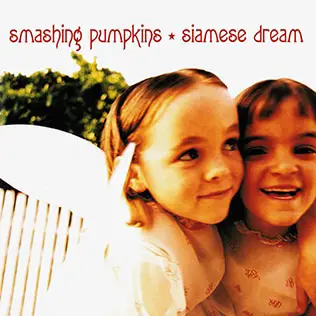
The band would relocate to another studio during the recording of this album. Utilising a $250,000 recording budget from their label, which was now Virgin, the band began to get to work. The recording of this album would be far more intense than that of Gish.
Butch Vig would once again be brought on to produce the record, which was now a coo for the band after his recent success with Nirvana and Nevermind. Both Corgan and Vig would see this project as a way to push the boundaries of their music.
This would lead to an album where production overran, despite both creatives spending 6 days and 15-16 hours each of those days in a studio. This was because they were recording using tape, which slowed down the speed at which everything could be produced. Due to this time constraint, the album would again feature Corgan on most instruments.
The End Result of Siamese Dream
Despite the band’s struggles and knockbacks within the recording process, Siamese Dream would be a success and another gem in the Smashing Pumpkins discography. Debuting at number 10 on the Billboard 200, the album would go on to sell over 4 million copies worldwide. Something that would please their label, after the amount they invested in the recording.
The album didn’t just chart well, critics gave it overwhelmingly positive reviews. 10/10 after 10/10, 5 stars after 5 stars, it was clear the band had fully arrived. This album was the end of the Smashing Pumpkins finding their feet and the signal that the band had well and truly arrived.
The legacy was born
The Smashing Pumpkins are now a mainstay in the alternative rock genre. Credited with being one of the genre’s most innovative pioneers, it has definitely been a tough ride the get there, especially at the start. The band would proceed to release one of the most monumental albums of all time after this period, Mellon Collie and The Infinite Sadness.
No origin story is easy, especially when talking about one of the greats. But I hope now you are more informed about the origins and the facts of how The Smashing Pumpkins started.
See where The Smashing Pumpkins ranked on our top songs of the ’90s.
You May Also Like

17 Best Cage the Elephant Songs
September 10, 2023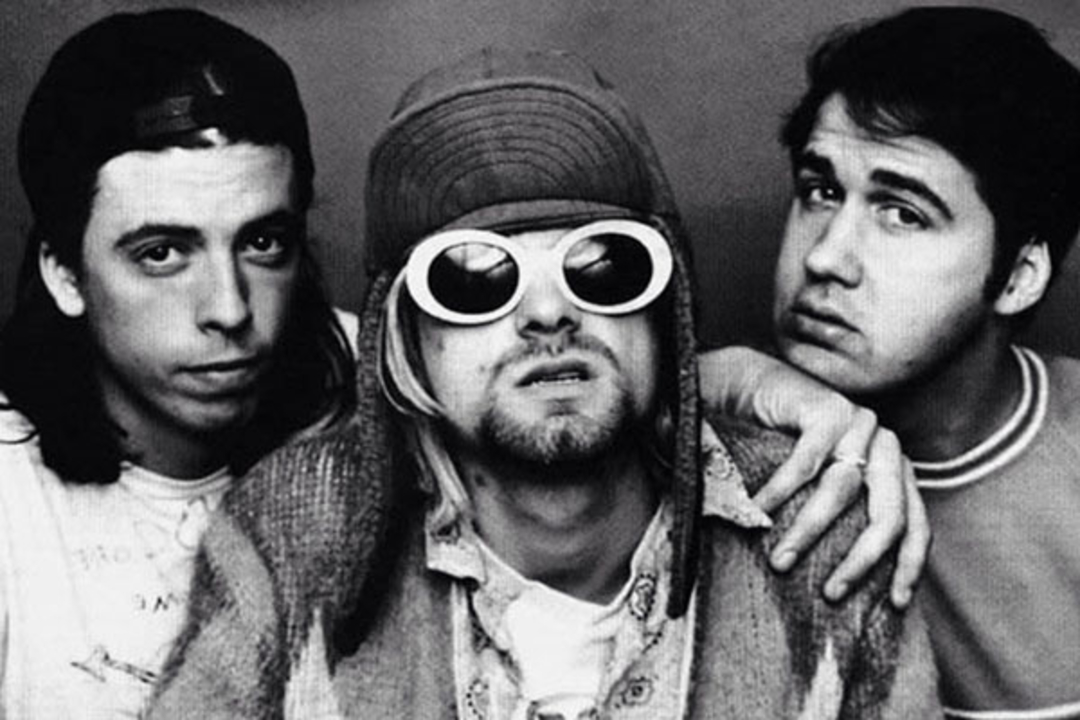
What Genre Were Nirvana? A Definite Answer
August 3, 2023